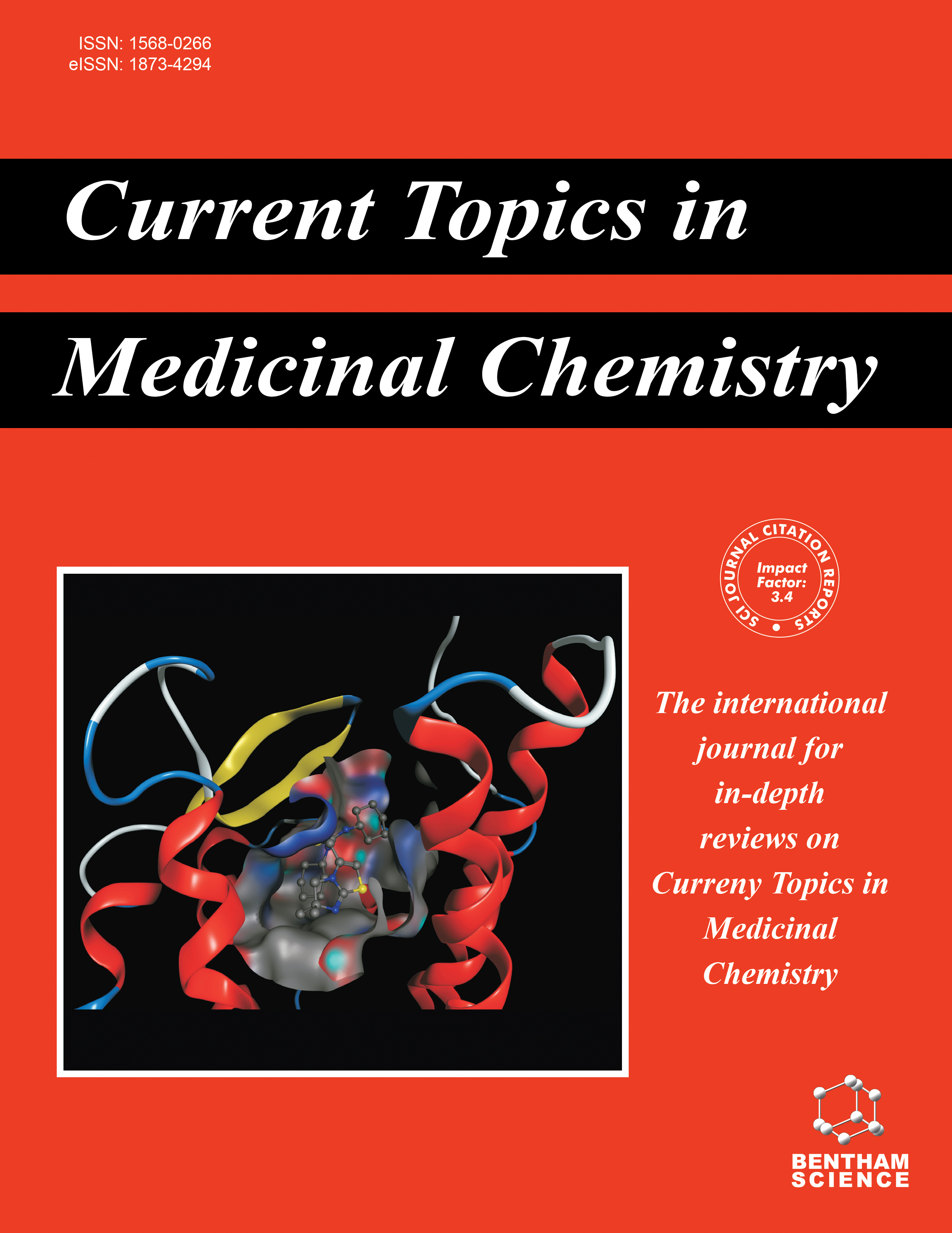-
oa Editorial [Hot topic: Application of NMR Spectroscopy in Medicinal Chemistry and Drug Discovery (Guest Editors: Alfonso Fernandez-Mayoralas and Leoncio Garrido)]
- Source: Current Topics in Medicinal Chemistry, Volume 11, Issue 1, Jan 2011, p. 1 - 1
-
- 01 Jan 2011
- Previous Article
- Table of Contents
- Next Article
Abstract
The intense activity in nuclear magnetic resonance (NMR) spectroscopy applied to biomedical and, in particular, pharmaceutical research represents, both, an opportunity and a challenge when reviewing the published work for an issue devoted to NMR in drug discovery. The wide success of NMR is partly due to the excellent sensitivity to chemical structure and molecular dynamics coupled with the non-invasive and non-destructive nature of the technique. These factors have contributed to the enormous advance that it has experienced since its beginnings, more than half-a-century ago. High resolution (HR) NMR spectroscopy allows the simultaneous detection and characterization of a large number of endogenous (metabolites) and exogenous (i.e., drugs) compounds in biological systems. Thus, NMR has a great potential in Medicinal Chemistry for monitoring the response of cells and living organisms to therapeutic agents. In this issue of Current Topics in Medicinal Chemistry, we have attempted to provide a fresh look at this field with focus on most recent work and a projection to the future. A total of seven papers are included. The first contribution by Moestue et al. describes the fundamentals of proton HR magic angle spinning (MAS) NMR spectroscopy of tissues and its application to the characterization of cancer metabolism and response to therapeutic intervention. In the second paper (Garcia et al.), the application of HR NMR to the investigation of drugs effects on cells and tissues and how this technique could be used to assist in the design and test of the bioactivity of new compounds are reviewed. The next two papers deal with the application on NMR to investigate interactions between small molecule ligands and macromolecular receptors for compound library screening and hit validation (Campos-Oliva), and in-cell analysis of structures, interactions, dynamics and stability of proteins (Ohno et al.). Most recent work describing in situ structural characterization of organic compounds attached to solid supports with HR MAS NMR is reviewed by Espinosa. The full potential of NMR spectroscopic techniques as valuable tools to assist in the translation of drug research results from laboratory to clinical practice is shown in the contribution by Ross et al. where the possibilities of in vivo spectroscopic magnetic resonance imaging (MRI) to assess brain metabolism in healthy and disease conditions are reviewed. The last contribution by Pacheco et al. reviews the basics of environmental contrast and the availability of MRI and magnetic resonance spectroscopy (MRS) contrast enhancing agents to visualize it. The potential applications of these agents in multimodal and molecular imaging approaches are discussed. The work reviewed here illustrates the high versatility of NMR. This would certainly contribute to maintain the NMR-based techniques alone and/or in combination with other analytical techniques, such as liquid chromatography and mass spectrometry, as essential tools in drug discovery and development. Moreover, the vibrant activity in NMR research would likely push the frontier of current technique limitations further (i.e., enhanced molecular detection with methods based on dynamic nuclear polarization) and provide new opportunities for exploring in situ the chemistry of living systems.


